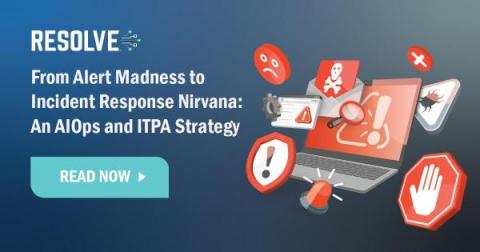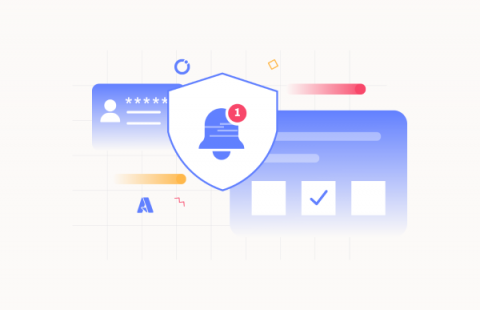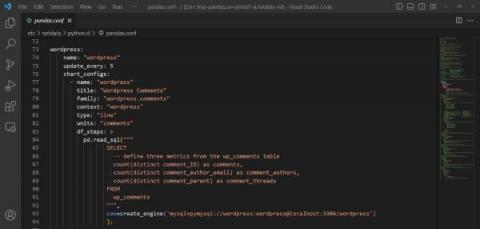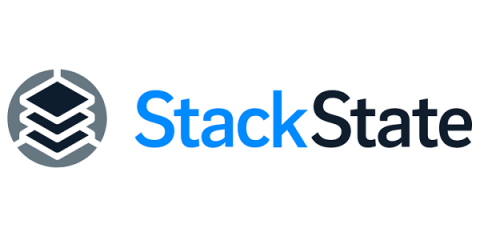Operations | Monitoring | ITSM | DevOps | Cloud
Latest News
Developer environments done right
From Alert Madness to Incident Response Nirvana: An AIOps and ITPA Strategy
Complex environments are notorious for generating a high volume of alerts. For IT teams, this deluge presents a critical, time-consuming challenge. Managing alerts and incident response keeps these busy professionals under constant pressure and risks alert fatigue. Nonstop “noise” can desensitize people and actually lead to missed or ignored alerts—risking delayed responses and downtime. These high stakes make handling alerts a key security and productivity issue.
Ensuring High Availability with Azure Datacentre Redundancy
In today’s fast-paced business environment, downtime can have severe consequences for any organization. It can lead to lost revenue, decreased productivity, and loss of customer trust. Therefore, it is essential to ensure that your business-critical applications are always available, no matter what. This is where Azure Datacentre Redundancy comes into play.
See how reliability management enhancements expand your SLO value
DevOps Best Practices - How to Get Started When Nothing Works
Get notified on Azure app registration client secret expiration!
10 Alternatives To Layoffs For Tech Companies In 2023
Monitor any SQL metrics with Netdata (and Pandas )
We recently got this great feedback from a dear user in our Discord: This is great and exactly what we want, a clear problem or improvement we could make to help make that users monitoring life a little easier. This is also where the beauty of open source comes in and being able to build on the shoulders of giants - adding such a feature turned out to be pretty easy by just extending our existing Pandas collector to support SQL queries leveraging its read_sql() capabilities.
How to Create and Manage Secrets in Kubernetes
Kubernetes Secrets are a built-in resource type that's used to store sensitive data. This blog teaches you how to work with Secrets in Kubernetes. Kubernetes can do many things, but we usually refer to it as a “container orchestrator.” Orchestrating containers means starting and restarting them when needed, ensuring their configuration matches the declared state, and autoscaling them. But Kubernetes can do much more than that.











